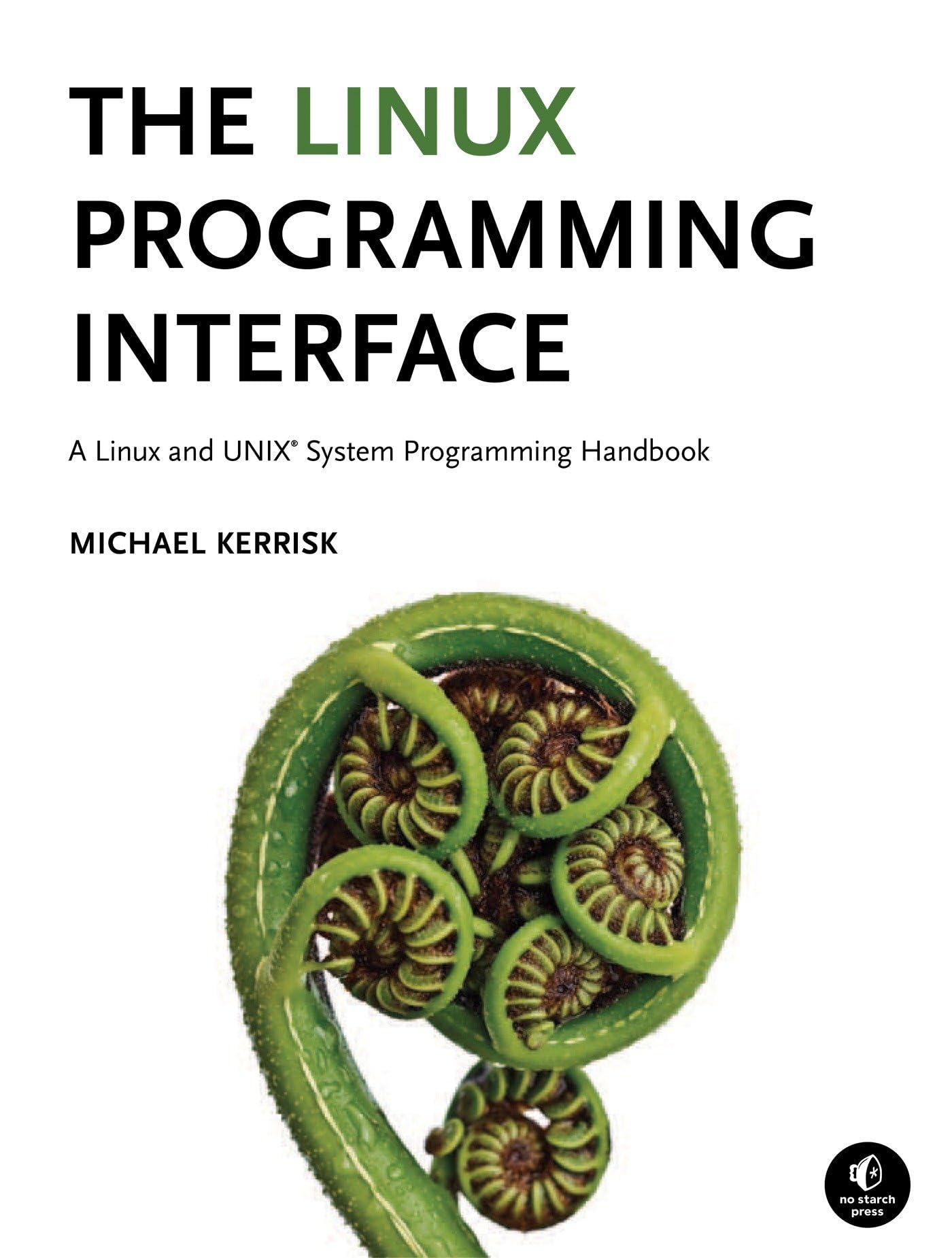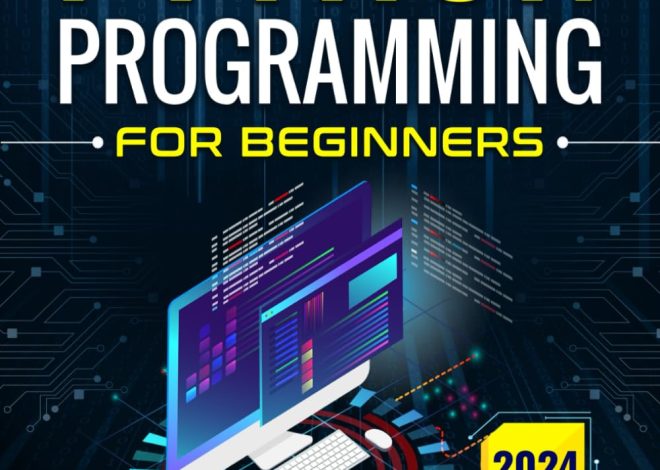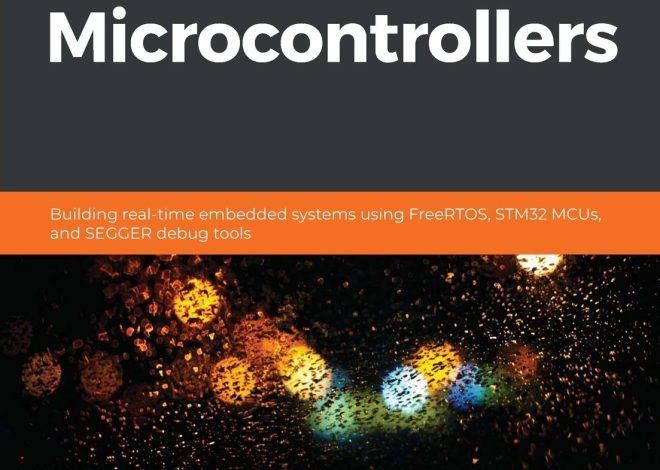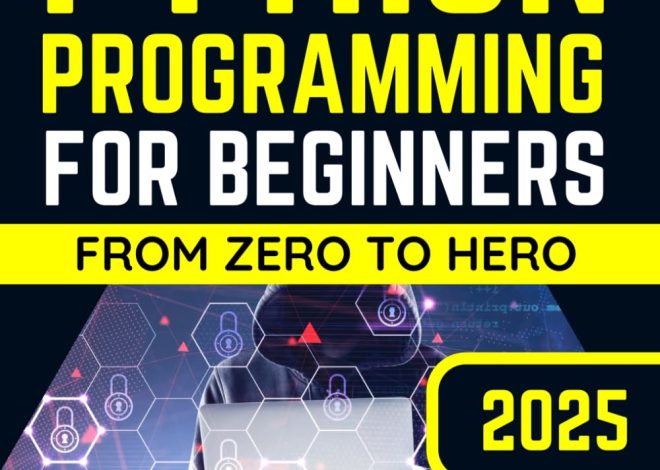
The Linux Programming Interface
The Linux Programming Interface is a must-have reference for anyone looking to delve into the world of Linux and UNIX system programming. With its comprehensive coverage of the subject matter, this book serves as an indispensable handbook for both beginners and experienced programmers alike.
What sets this book apart?
The book stands out from other programming guides due to its depth and breadth of information. Spanning over 1500 pages, it covers a wide range of topics related to Linux and UNIX system programming, making it a valuable resource for programmers working on these platforms.
Practical advice and real-world examples
One of the strengths of The Linux Programming Interface is its focus on practical advice and real-world examples. The author, Michael Kerrisk, provides clear explanations and code snippets that help readers understand the concepts and apply them in their own projects. Whether you are looking to write device drivers, work with system calls, or build network applications, this book has got you covered.
Comprehensive coverage
From process management to file I/O, from interprocess communication to networking, this book covers all the essential aspects of Linux and UNIX system programming. Each topic is explained in detail, with a good balance between theory and implementation. Whether you’re a beginner or an skilled software developer, you’ll find valuable insights and guidance in every chapter.
Easy to navigate
Despite its size, The Linux Programming Interface is well-organized and easy to navigate. The chapters are structured logically, and each topic is presented in a clear and simple manner. The book also includes a high number of examples and diagrams that aid in understanding complex concepts.
If you’re serious about Linux and UNIX system programming, The Linux Programming Interface is an essential addition to your bookshelf. It provides a wealth of information, practical advice, and real-world examples that will help you become a proficient programmer on these platforms. Whether you are a beginner or an advanced developer, the book will serve as your go-to reference for all things Linux programming.


